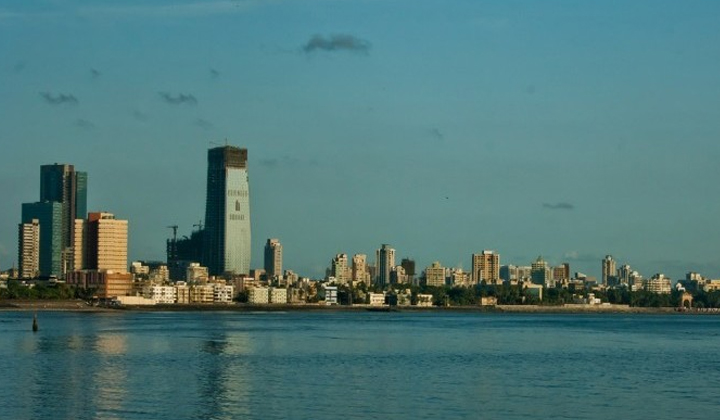Trending Now
- Action should be taken against the cops who protect the Ganja accused in TN : PMK leader Anbumani Ramdoss
- Votes that go to Congress or INDI alliance is a waste : PM Modi
- Court grants one-day custody to police to investigate Youtuber Savukku Shankar.
- We actually got our independence only in 2014. The independence to change this country as it should be : Actor , politician, Kangana Ranaut
Real Estate
Necessary Halts: Why Delhi Metro Should Have More Stations
![]() January 21, 2016
January 21, 2016
Shanu
In some developed countries like the US, mass transit does not have much appeal because the population density is not enough to sustain mass transit. With large tracts of land, many cities in the US are more suitable for car driving.
India’s capital New Delhi, however, is different.
With 11,297 people per square kilometer, Delhi is among the densest cities in the world. Further, low-income levels, the dispersal of jobs and residential buildings over long distances and high density are likely to make mass transit far more popular in Delhi. Furthermore, as Delhi’s roads are congested, its residents do not reach their offices or other places quickly when they drive.
All these factors make Delhi an ideal city for a mass transit network.
However, while Delhi Metro has performed exceptionally well by Indian standards, most metro routes are not profitable off peak hours.
A major reason is that transit stations are far away from where people live. When metro stations are far from houses, people are unlikely to take metro because:
1) People do not prefer walking too long to metro stations.
Urban planning expert Alain Bertaud thinks that metro stations should not be father than 800 metres from where people live. This is because people do not like waking more than 10 minutes to the metro station. But, this is an over simplification. A person who works near Noida City Centre may be quite willing to walk to the metro station near his house in Dwarka, because the benefits exceed the costs. However, the fundamental premise is true. The third and fourth phases of the Delhi Metro plan to build more stations to address this issue. The move is intended to increase connectivity in South and Southeast Delhi, and to lower congestion in major stations.
2) The cost of taking an auto rickshaw, for example, from home to metro station and from metro station to office, is high. This may even exceed the cost of directly taking an auto rickshaw directly to the office, in some cases. Transport planning expert Shreya Gadeppalli of Institute for Transportation and Development Planning thinks that the major reason why Delhi Metro has not lowered congestion on the roads is that it is poorly integrated with other forms of transport. The distance between metro stations is a major factor. Metro stations not having good street-crossing systems is another reason.
























